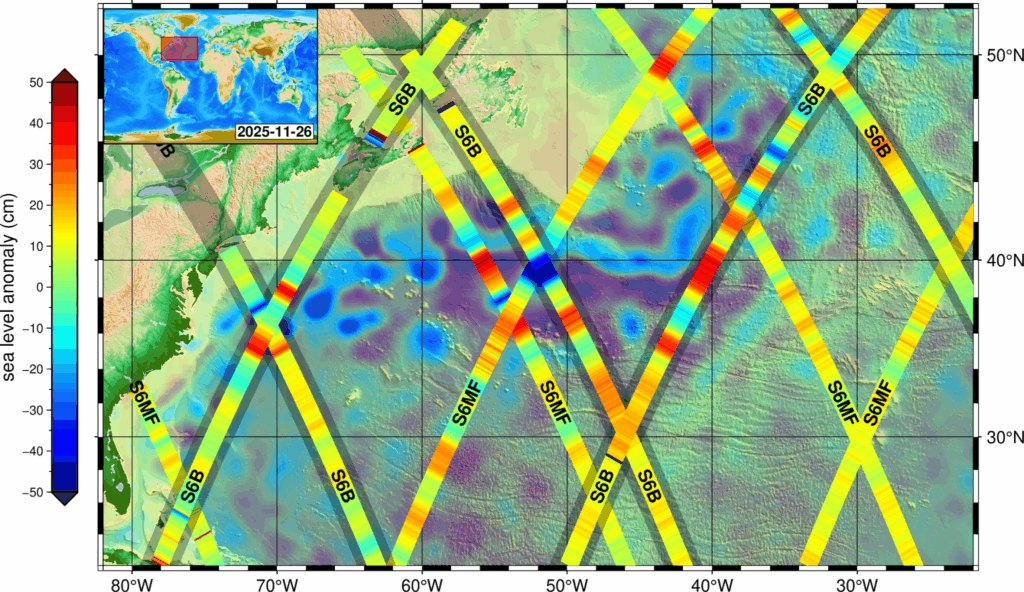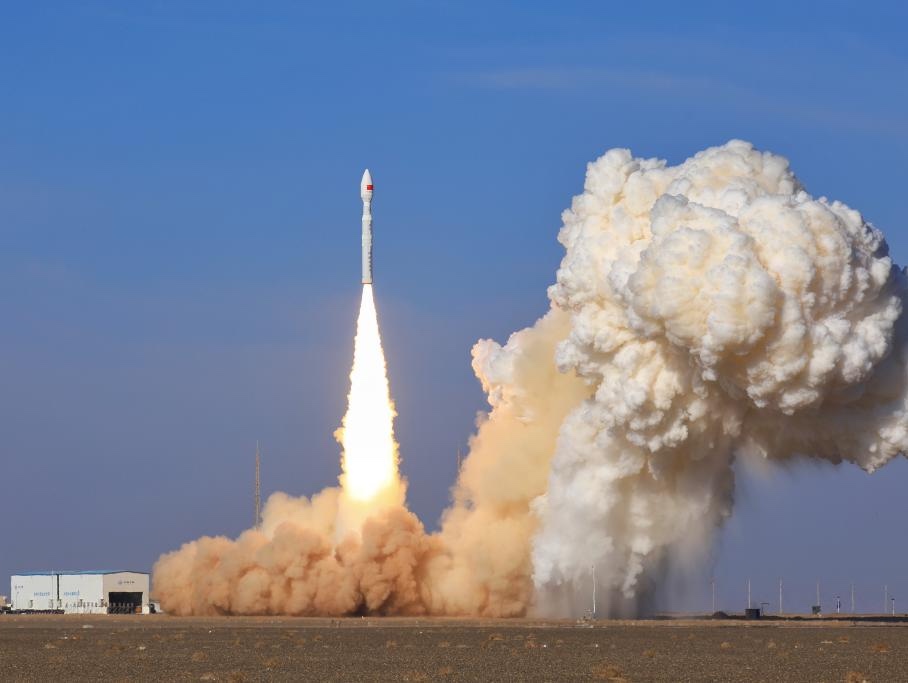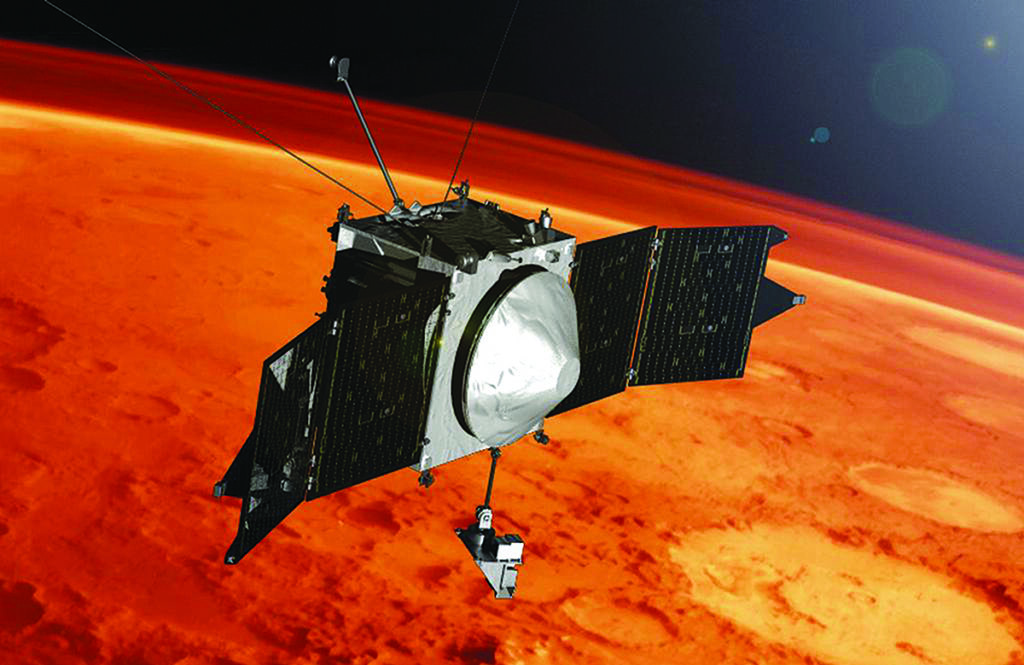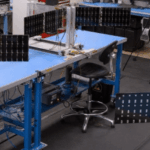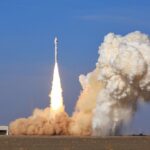Now Reading: SpaceX Successfully Launches Bandwagon-2 Rideshare Mission from Vandenberg
-
01
SpaceX Successfully Launches Bandwagon-2 Rideshare Mission from Vandenberg
SpaceX Successfully Launches Bandwagon-2 Rideshare Mission from Vandenberg
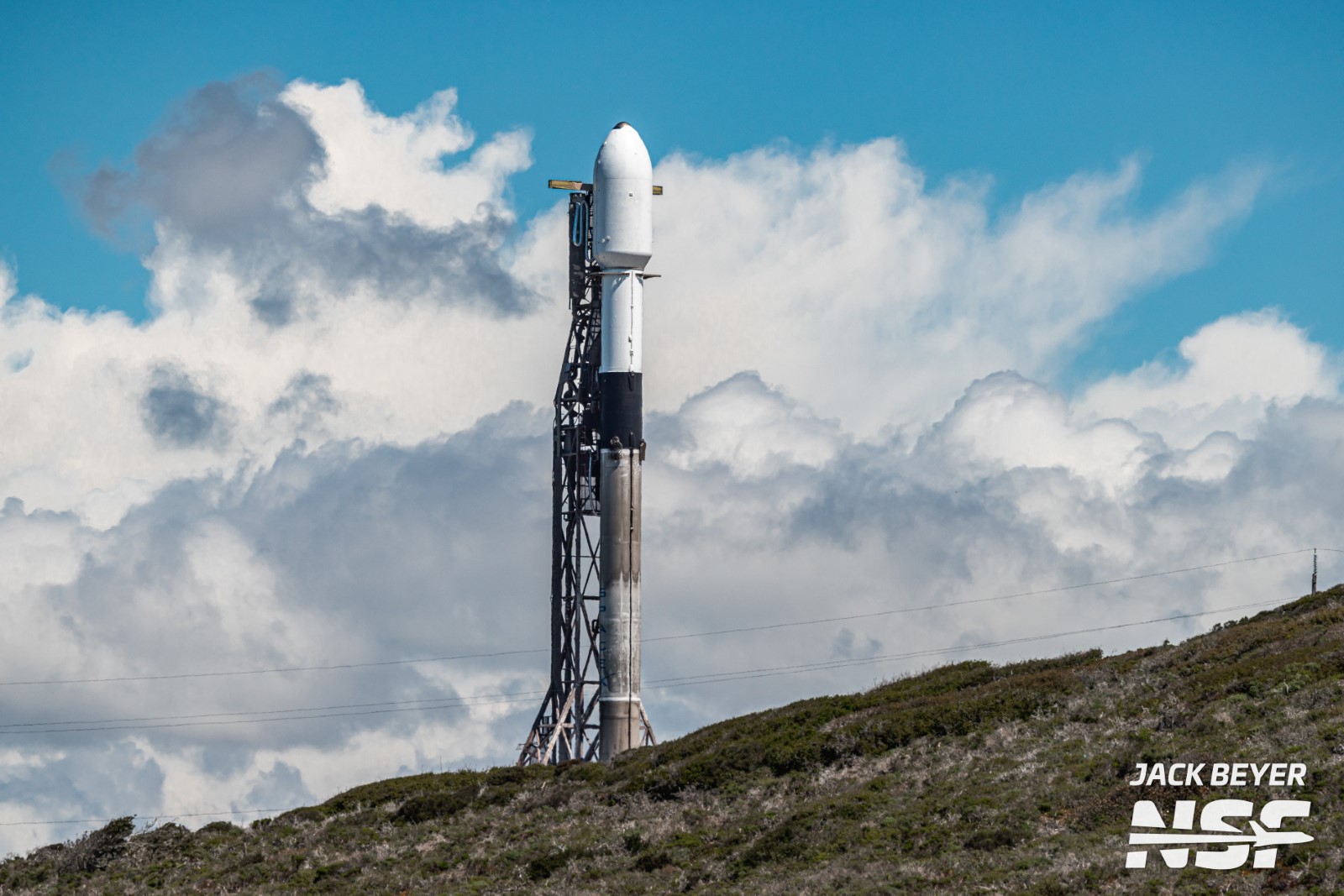

SpaceX has once again demonstrated its prowess in the aerospace sector with the successful launch of the Bandwagon-2 rideshare mission, marking a significant milestone in satellite deployment from Vandenberg Space Force Base in California. The launch took place on December 21, 2024, at 3:34 AM PST (11:34 UTC), employing the reliable Falcon 9 rocket.
This mission delivered 30 payloads into orbit, including key assets like a synthetic aperture radar (SAR) satellite for South Korea. The targeted orbits were set at approximately 510 km and 570 km altitudes, with a 45-degree inclination, strategically chosen to improve coverage over more densely populated areas rather than offering the global reach typical of near-polar orbits.
Shifting the launch site for the Bandwagon missions from Florida to Vandenberg reflects SpaceX’s adaptability and strategic planning. The Bandwagon-1 mission recently launched from Florida, but targeting a mid-inclination orbit advanced the mission objectives of providing enhanced imaging capabilities for clients. This mission’s inclination is relatively low, especially for launches from Vandenberg, but it enables better access to critical coverage areas.
The Falcon 9 booster, designated B1071-21, has an impressive flight history. Prior missions include launching multiple national reconnaissance payloads and several Starlink satellites. The booster successfully returned to Earth, landing at Landing Zone 4 (LZ-4) just over eight minutes post-liftoff, exemplifying SpaceX’s commitment to reusability, which significantly reduces costs and supports sustained launch cadence.
Significant payloads aboard the Bandwagon-2 mission include:
- SAR Satellite: This mission marks the deployment of the second satellite in South Korea’s 425 Project, a constellation dedicated to military Earth observation via advanced imaging technologies.
- ICEYE Satellites: The mission saw the addition of X47 and X49 satellites to the ICEYE constellation, bolstering its capabilities in synthetic aperture radar imaging.
- Hawkeye 360: The Cluster-11 mission comprising three microsatellites aims to improve the monitoring of radio-frequency signals around the globe.
- Tomorrow.io: Featuring two CubeSats equipped for advanced weather monitoring, Tomorrow-S3 and S4 will help gather vital meteorological data.
- LizzieSat-2: Launched by Sidus Space, this 100 kg spacecraft will support various observational and computational missions in orbit.
- True Anomaly: The Jackal 3/TAANSAAFL-002 mission is designed to test technologies vital for proximity operations and non-Earth imaging, marking an important step for future satellite operations.
Payload integration is critical for the success of rideshare missions, and for Bandwagon-2, companies like Exolaunch took the forefront in handling payloads. They supported the integration of 15 CubeSats and seven larger microsatellites. Each CubeSat, typically measured in units of 10 cm cubes, plays a pivotal role in diverse missions ranging from technology demonstration to Earth monitoring.
One of the standout features of the Bandwagon-2 mission is its focus on advanced imaging capabilities. The SAR satellites, especially those in the 425 Project, leverage radar technology that can penetrate clouds and darkness—capabilities essential for military and scientific applications alike. Thales Alenia Space is leading the development of these satellites, ensuring high-resolution imaging that complements optical systems already in orbit.
Overall, Bandwagon-2 represents more than just a successful launch; it signifies a shift in how satellites are deployed in a collaborative, excellent return on investment manner. With partnerships across multiple companies and the integration of various payloads, SpaceX continues setting a precedent for the future of space exploration and commercial satellite deployment.
As SpaceX gears up for more launches, including the forthcoming Transporter 12 in January aimed at reaching sun-synchronous orbits, the strides made with Bandwagon-2 will play an important role in expanding the capabilities and opportunities within the burgeoning space industry.
Stay Informed With the Latest & Most Important News
Previous Post
Next Post
-
 012024 in Review: Highlights from NASA in Silicon Valley
012024 in Review: Highlights from NASA in Silicon Valley -
 02Panasonic Leica Summilux DG 15mm f/1.7 ASPH review
02Panasonic Leica Summilux DG 15mm f/1.7 ASPH review -
 03From Polymerization-Enabled Folding and Assembly to Chemical Evolution: Key Processes for Emergence of Functional Polymers in the Origin of Life
03From Polymerization-Enabled Folding and Assembly to Chemical Evolution: Key Processes for Emergence of Functional Polymers in the Origin of Life -
 04How New NASA, India Earth Satellite NISAR Will See Earth
04How New NASA, India Earth Satellite NISAR Will See Earth -
 05And Thus Begins A New Year For Life On Earth
05And Thus Begins A New Year For Life On Earth -
 06Astronomy Activation Ambassadors: A New Era
06Astronomy Activation Ambassadors: A New Era -
07SpaceX launch surge helps set new global launch record in 2024












